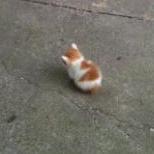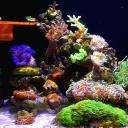-
Topics
-
Latest Update
-
0
-
2
-
0
Chiller in laminated cabinet
Hi, I am new to marine and planning to start a tank soon. Can I check if I should be concern about the hot exhaust from the chiller damaging the laminated cabinets around the area? -
-
1
-







Recommended Posts
Join the conversation
You can post now and register later. If you have an account, sign in now to post with your account.